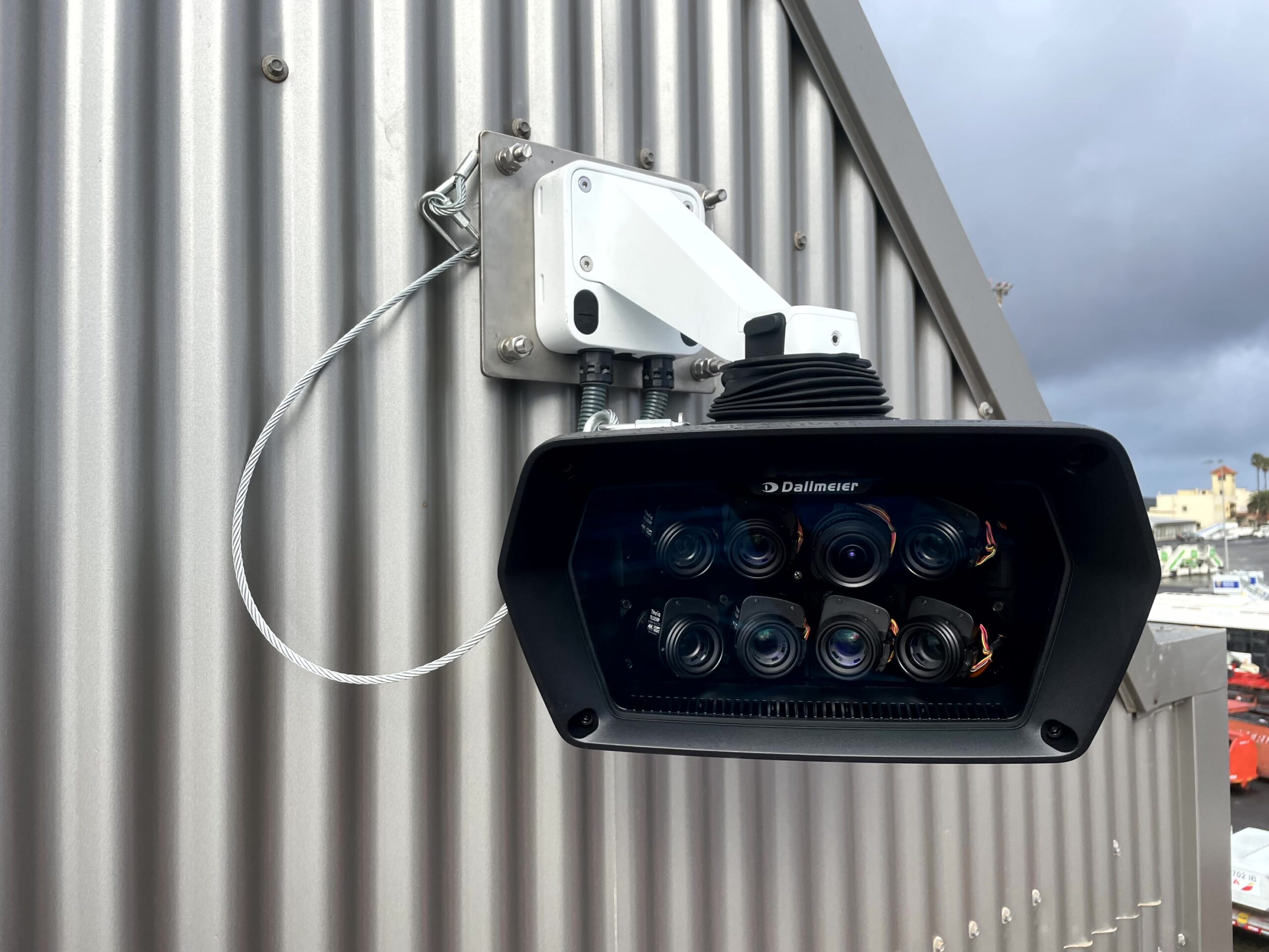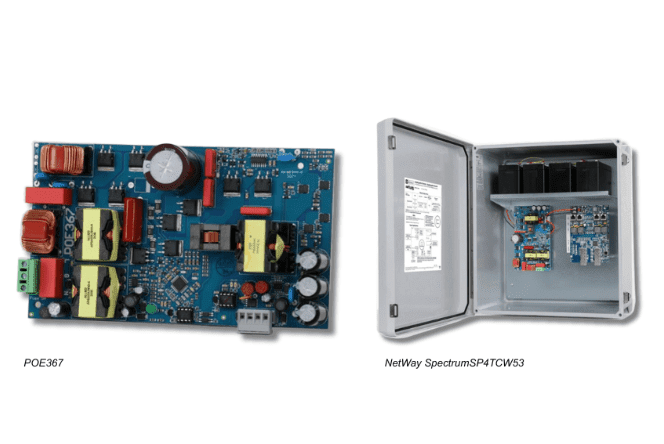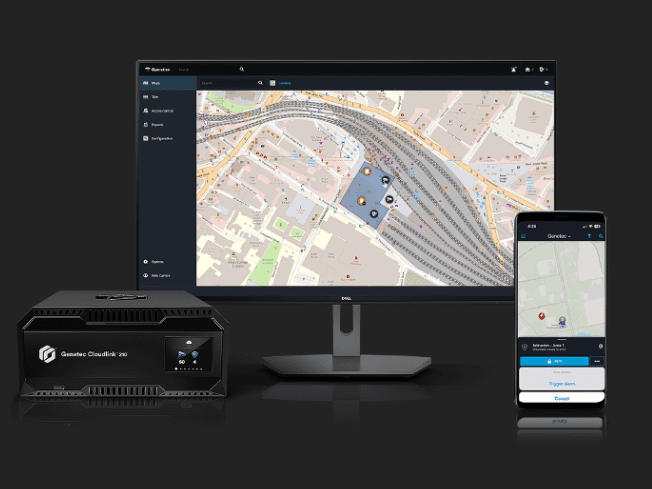Caitlin Gittins, Features Editor for Security Buyer delves into the Middle East’s rich biometric heritage, the article traces its historical roots, highlights its surging contemporary adoption looks at the future landscape
The Middle East, a region known for its unique blend of ancient civilisations and cutting-edge technologies, has experienced a transformative journey with biometrics. From being regarded as a realm of science fiction to being an integral part of daily life and security, biometrics have carved an indelible footprint in the Middle Eastern societal and technological landscape.
Historical Traces
To appreciate the rich history of biometrics in the Middle East, one must understand the historical significance of identification methods in the region. Traditionally, personal identification depended on documents, testimonies, or physical tokens. With the evolution of technology and the ever-present need for heightened security, biometric solutions began to gain attention in the latter part of the 20th century.
Early Adoption and Pioneers
The initial adoption of biometrics in the Middle East was spurred by two primary needs: enhancing national security and streamlining administrative processes. Countries like the UAE, Qatar, and Saudi Arabia were amongst the first to experiment with fingerprint and facial recognition technologies in the early 2000s.
These early systems, often installed at airports and border control points, showcased the region’s ambition to integrate advanced technologies with governance and public services. For instance, the UAE’s implementation of eGate systems at its airports simplified immigration processes by using fingerprint and facial recognition.
The paradigm shift
Although biometrics was already incredibly popular, particularly in the Middle East with the shift towards smart cities, there has been a considerable uptake in biometrics since the COVID-19 pandemic.
The paradigm shift in the way we perceive, interact with, and embrace technology has always been remarkable, but the recent surge in the adoption of biometric technology has been nothing short of meteoric. When we analyse the forces propelling this surge, the conjunction of technological advancement with the global upheaval caused by the COVID-19 pandemic stands out prominently.
Historically, biometrics was viewed with a mix of awe and scepticism. While its potential for revolutionising security was understood, its practicality and invasiveness were often debated. The technological renaissance of the past decade, however, changed this narrative. As biometric technology matured, becoming more accurate and less intrusive, it seamlessly integrated into our daily devices, from unlocking smartphones with a fingerprint to accessing bank accounts with facial recognition. This democratisation of biometrics not only made it more popular but also more trusted.
Then came the unprecedented onset of the pandemic. The world, almost overnight, found itself grappling with a new reality. Offices transformed into digital workspaces, boardroom meetings became virtual calls, and the familiar hum of the workplace was replaced by the solitude of home. This massive shift to remote work, necessitated by health and safety concerns, presented businesses with multifaceted challenges, the most prominent being ensuring security in a vastly decentralised work environment.
The traditional username-password paradigm seemed inadequate. With the workforce dispersed, vulnerabilities amplified. The boundaries defining organisational networks expanded to include countless home networks, each with its own set of potential security gaps. It was in this scenario that biometric authentication, particularly fingerprint technology, stepped in as a formidable ally for businesses.
Integrating biometrics into multi-factor authentication protocols provided an enhanced layer of security. While passwords can be forgotten, shared, or even hacked, biometric identifiers, rooted in our unique physiological or behavioural attributes, offered a level of security hard to breach. A fingerprint, with its intricate patterns, presented a far more reliable and robust authentication factor than a password that might be scribbled on a post-it note or reused across multiple platforms.
But beyond the evident security advantages, the pivot to biometric solutions in the remote work era carried another significant benefit: simplicity. In an environment where employees juggled multiple tools, platforms, and communication channels, the need for a streamlined and hassle-free authentication process became even more evident. Biometric authentication, by its very nature, simplified this process. The act of placing a finger on a scanner or looking into a camera eliminated the friction often associated with remembering and keying in complex passwords…
Read more the full exclusive, see our latest issue here.
Never miss a story… Follow us on:
LinkedIn: Security Buyer
Twitter: @SecurityBuyer
Facebook: @Secbuyer
Media Contact
Rebecca Morpeth Spayne,
Managing Editor, Security Portfolio
Tel: +44 (0) 1622 823 922
Email: [email protected]

























